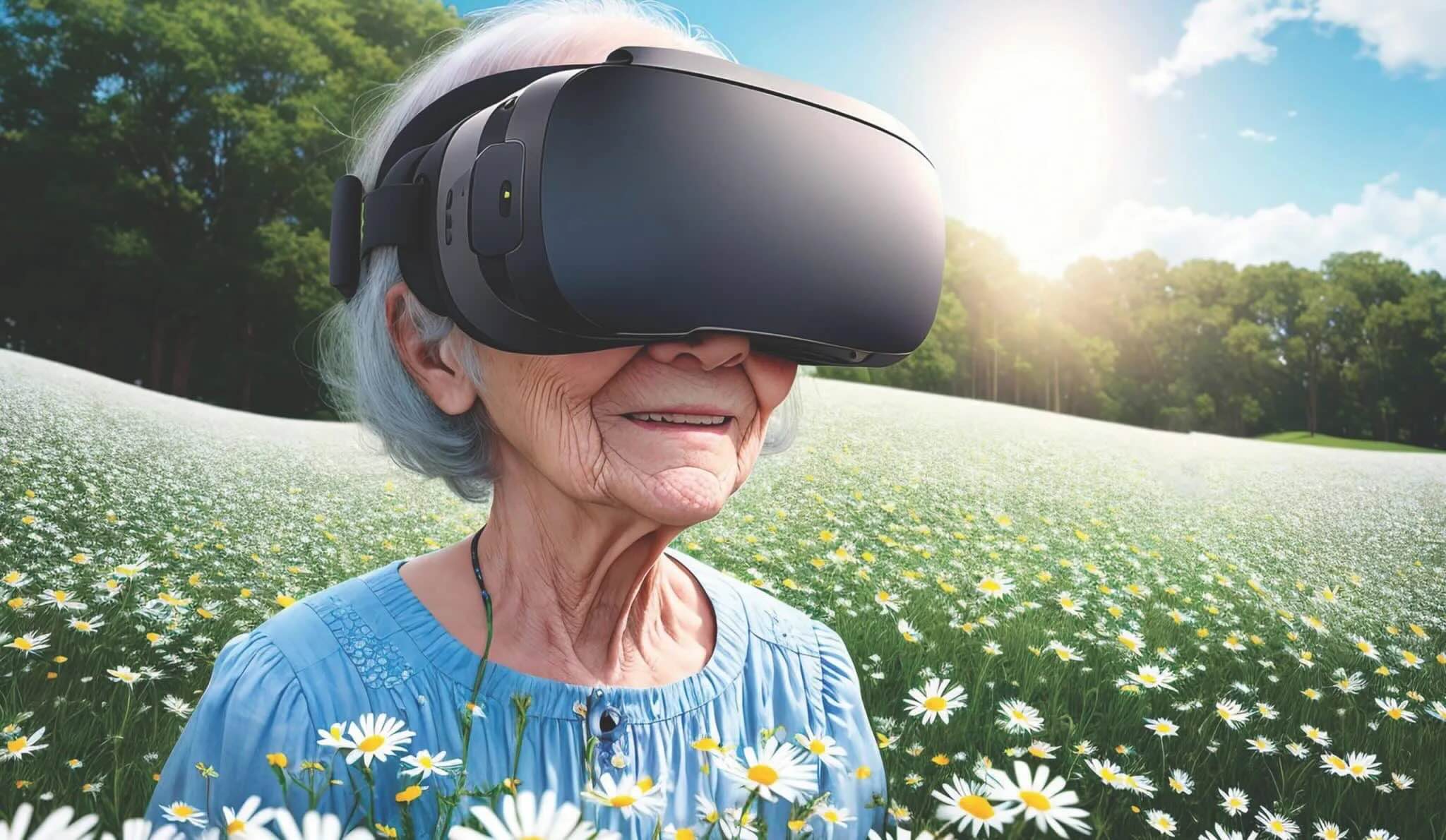Virtual reality (VR) is no longer just for gaming or entertainment—it’s emerging as a groundbreaking tool in the field of healthcare, including eye care. From diagnosing conditions to aiding treatment and rehabilitation, VR is reshaping how we approach vision health.
In the United Kingdom, where the demand for accessible and innovative eye care continues to grow, VR could play a pivotal role in enhancing patient outcomes and revolutionising how optometrists and ophthalmologists deliver care.
Let’s explore how VR is transforming the world of eye care and its potential for the future.
VR in Eye Care: How Does It Work?
VR involves creating immersive, computer-generated environments that can be experienced through specialised headsets. In eye care, VR leverages this technology to:
- Simulate real-life scenarios for therapy or training.
- Provide controlled visual environments for testing and treatment.
- Enhance patient understanding of their condition through visual demonstrations.
This innovation allows for precise diagnosis, personalised treatment, and engaging rehabilitation techniques.
Applications of VR in Eye Care
1. Diagnosing Eye Conditions
VR is being used to develop advanced diagnostic tools that can detect a range of vision problems, including:
- Glaucoma: VR-based visual field tests can assess peripheral vision loss more accurately.
- Amblyopia (Lazy Eye): VR can measure how the brain processes visual information from each eye.
- Retinal Disorders: Simulated environments help identify distortions in central vision caused by macular degeneration.
The immersive nature of VR allows optometrists to test vision under conditions that mimic real-world scenarios, offering a more comprehensive assessment.
2. Treating Amblyopia and Strabismus
For conditions like amblyopia (lazy eye) and strabismus (misaligned eyes), traditional treatments often involve patching the stronger eye. VR provides an engaging alternative by offering games and tasks that train both eyes to work together, speeding up recovery and improving results.
3. Vision Therapy
VR is transforming vision therapy by making exercises more interactive and engaging. For example:
- Patients with convergence insufficiency can use VR to improve their ability to focus on nearby objects.
- Individuals recovering from brain injuries can practise visual-motor coordination in virtual environments.
4. Managing Low Vision
VR is helping people with low vision regain independence by simulating real-world environments for training. Users can practise navigating busy streets, identifying objects, or reading in a controlled, safe setting.
5. Patient Education
For many patients, understanding complex eye conditions can be challenging. VR makes it easier by providing visual demonstrations of conditions like cataracts, glaucoma, or retinal detachment. This helps patients grasp how these issues affect their vision and the benefits of treatment.
Benefits of VR in Eye Care
- Enhanced Accessibility: VR can bring sophisticated eye care tools to remote or underserved areas, reducing the need for frequent in-person visits.
- Personalised Treatment: VR tools can adapt to a patient’s unique needs, offering customised therapy plans.
- Improved Compliance: The gamified nature of VR exercises motivates patients, especially children, to stick with their treatment.
- Better Training for Professionals: VR is being used to train optometrists and ophthalmologists, offering realistic simulations of surgical procedures or diagnostic techniques.
Challenges and Considerations
While VR holds immense promise, it also presents challenges:
- Cost: Advanced VR equipment can be expensive, which may limit accessibility in smaller practices or NHS facilities.
- Technical Barriers: Adapting VR technology for different eye conditions requires ongoing development and research.
- Acceptance: Some patients may be hesitant to embrace new technologies without clear evidence of benefits.
To overcome these challenges, collaboration between technology developers, healthcare providers, and policymakers will be essential.
The Future of VR in Eye Care in the UK
In the UK, where the NHS is constantly exploring ways to improve efficiency and accessibility, VR could be a game-changer. With the rise of telemedicine, VR could complement remote consultations, allowing patients to undergo vision tests or rehabilitation from the comfort of their homes.
Research in this area is accelerating, with universities and healthcare institutions across the UK leading studies on VR’s potential. As costs decrease and technology advances, VR could become a routine part of eye care for people of all ages.
Final Thoughts
Virtual reality is poised to transform eye care by improving diagnostics, enhancing treatments, and making vision therapy more accessible and engaging. For patients in the UK, this technology could mean faster diagnoses, better outcomes, and a more interactive approach to managing eye health.
If you’re curious about how VR could benefit your eye care journey, speak to your optometrist or ophthalmologist. As technology evolves, the future of eye care looks clearer than ever—thanks to virtual reality.
Book a home test today
Fill in the form to request a home eye test, and one of our team will be in touch
If you have any questions, please call us on
Our other blogs
